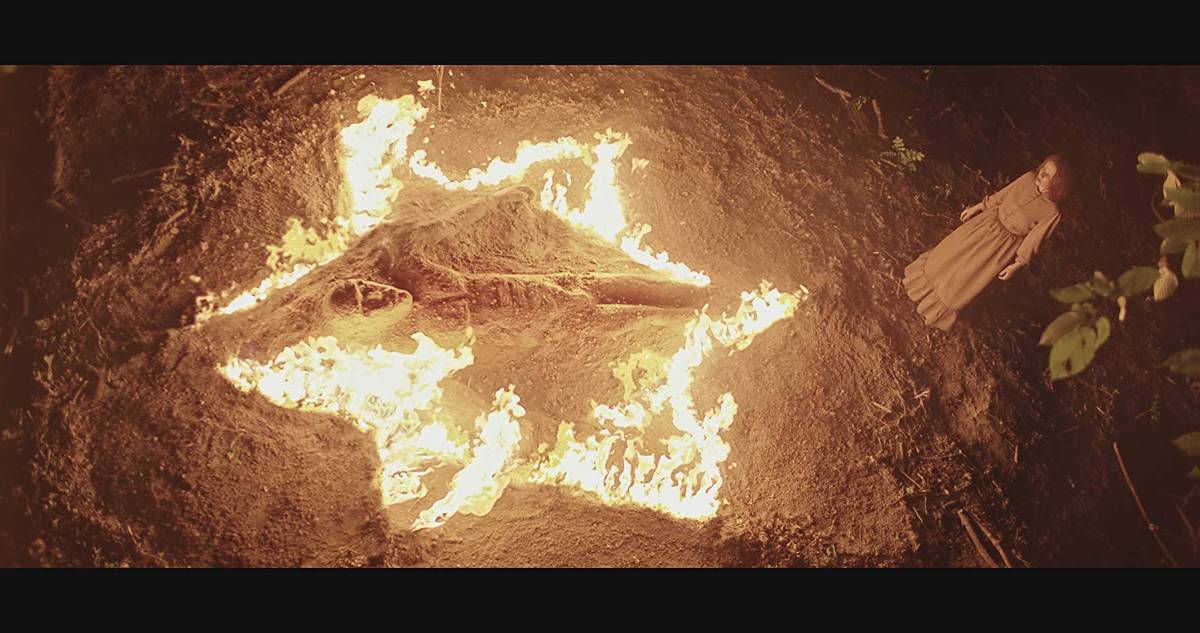I.L. PERETZ
(1851-1915 | Polônia)
Foi há apenas um
século e meio
aproximadamente, durante o Império Russo, que os judeus mudaram do
hebreu para o iídiche; a base da cultura judaica é a tradição religiosa. O pai
da moderna literatura iídiche, este advogado polonês que viveu em Varsóvia, já
esteve presente em Os Cem Melhores Contos de Humor. .. O massacre do gueto de
Praga originou a lenda do Golem, que resultou num romance de Maurice Meyerling
e neste curto e contundente conto de Peretz, em que o horror histórico e o
sobrenatural místico se encontram.
Quando o gueto de Praga estava
sendo atacado, e estavam a ponto de estuprar as mulheres, queimar as crianças e
cortar em pedaços quem encontrassem pela frente; quando parecia que o fim havia
de fato chegado, o grande Rabi Loeb colocou seu Gemarsh de lado, foi para a
rua, parou diante de um monte de lama na frente da casa do professor e moldou
com ela uma imagem de barro. Ele soprou no nariz do golem - e pôs-se a
massageá-lo; em seguida sussurrou o Nome nos seus ouvidos, e assim nosso golem
saiu do gueto. O rabino voltou à Casa de Oração e o golem jogou-se sobre nossos
inimigos, batendo neles como que a chicotadas. Homens caíam por todos os lados.
Praga estava coalhada de
cadáveres. Isto durou, assim dizem, toda quarta e quinta-feira. Agora já
estamos na sexta-feira, o relógio marca 12 horas, e o golem continua ocupado
com seu trabalho.
"Rabi", gritou o líder
do gueto, "o golem está transformando Praga numa grande carnificina! Não
haverá um gentio vivo para acender as velas do Sabá ou para cuidar das lâmpadas
do Sabá".
Uma vez mais o rabino deixou seus
estudos de lado. Foi até o altar e começou a cantar o salmo "Uma canção do
Sabá".
O golem cessou sua carnificina.
Retornou ao gueto, entrou na Casa de Oração e pôs-se diante do rabino. E
novamente o rabino soprou nos seus ouvidos. Os olhos do golem se fecharam, a
alma que o habitara esvaiu-se e ele voltou a ser um golem de barro.
Deste dia em diante o golem
permanece escondido no sótão da sinagoga, coberto por uma teia que vai de uma
parede a outra. Nenhuma criatura viva pode olhar para ele, principalmente mulheres
grávidas. Ninguém pode tocar na teia, pois quem quer que seja que a toque,
morre. Nem mesmo os mais velhos se lembram sequer do golem, embora o sábio Zvi,
neto do grande Rabi Loeb, tenha levantado o seguinte problema: pode tal golem
ser considerado parte da congregação de fiéis, ou não?
O golem, vejam vocês, não foi
esquecido. Ainda continua lá! Mas o Nome através do qual ele pode ser chamado à
vida num dia que isto se fizer necessário, o Nome, este desapareceu. E a teia
só faz crescer, e ninguém pode tocá-Ia.
O que podemos nós fazer?
Tradução de Flávio Moreira da Costa
Tradução de Flávio Moreira da Costa
I.L. Peretz
POLISH-JEWISH
WRITER
WRITTEN BY:
The Editors of Encyclopaedia Britannica
See Article
History
Alternative
Titles: Isaac Löb Peretz, Isaac Leib Peretz, Isaac Loeb Peretz, Yitskhak
Leybush Perets
I.L. Peretz, in full Isaac Leib Peretz, also
spelled Yitskhak Leybush Perets, Leib also spelled Loeb or Löb,
(born May 18, 1852, Zamość, Poland, Russian Empire—died April 3,
1915, Warsaw), prolific writer of poems, short stories, drama,
humorous sketches, and satire who was instrumental in raising the
standard of Yiddish literature to a high level.
Peretz began
writing in Hebrew but soon turned to Yiddish. For his tales, he drew material
from the lives of impoverished Jews of eastern Europe. Critical of their
humility and resignation, he urged them to consider their temporal needs while
retaining the spiritual grandeur for which he esteemed them. Influenced
by Polish Neoromantic and Symbolist writings, Peretz lent new expressive force
to the Yiddish language in numerous stories collected in such volumes
as Bakante bilder (1890; “Familiar Scenes”), Khasidish (1907;
“Hasidic”), and Folkstimlekhe geshikhtn (1908; “Folktales”). In his drama Die goldene keyt (1909;
“The Golden Chain”), Peretz stressed the timeless chain of Jewish culture.
To encourage Jews toward a wider knowledge of secular subjects,
Peretz for several years wrote articles on physics, chemistry, economics, and
other subjects for Di yudishe bibliotek(1891–95; “The Jewish Library”),
which he also edited. Among
his other nonfictional works are Bilder fun a provints-rayze (1891;
“Scenes from a Journey Through the Provinces”), about Polish small-town life,
and Mayne zikhroynes (1913–14; “My Memoirs”).
00:0002:38
Peretz
effectively ushered Yiddish literature into the modern era
by exposing it to contemporary trends in western European art and literature.
In his stories he viewed Hasidic material obliquely from the standpoint of a
secular literary intellect, and with this unique perspective the stories became
the vehicle for an elegiac contemplation of traditional Jewish values.
Facts
Matter. Support the truth and unlock all of Britannica’s
content.Start Your Free Trial Today
The Peretz
home in Warsaw was a gathering place for young
Jewish writers, who called him the “father of modern Yiddish literature.” During
the last 10 years of his life, Peretz became the recognized leader of the
Yiddishist movement, whose aim—in opposition to the Zionists—was to create a
complete cultural and national life for Jewry within the Diaspora with
Yiddish as its language. He
played an important moderating role as deputy chairman at the Yiddish
Conference that assembled in 1908 at Czernowitz, Austria-Hungary (now
Chernivtsi, Ukraine), to promote the status of the language and its culture.
This article was most recently revised and updated
by Amy Tikkanen, Corrections Manager.
'A Lenda de Golem' é terror que foge
do modelo tradicional
Longa
israelense exige imersão num mundo denso e perturbador
Cena do longa 'A Lenda de Golem' – Divulgação
Referências
https://www.britannica.com/biography/I-L-Peretz
https://f.i.uol.com.br/fotografia/2019/06/12/15603815505d01886eef006_1560381550_3x2_xl.jpg
https://youtu.be/F3DVdwbrjvc
https://www1.folha.uol.com.br/ilustrada/2019/06/a-lenda-de-golem-e-terror-que-foge-do-modelo-tradicional.shtml

Nenhum comentário:
Postar um comentário